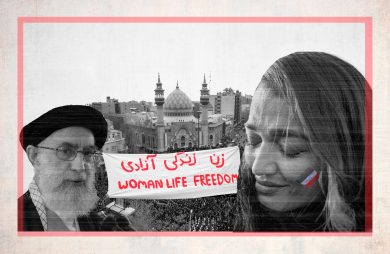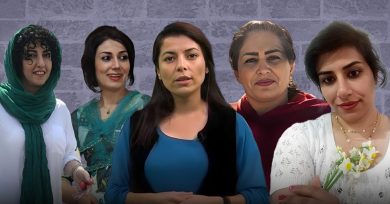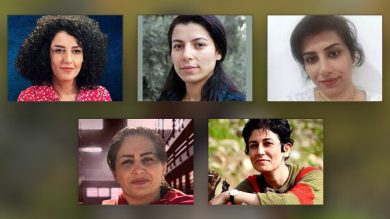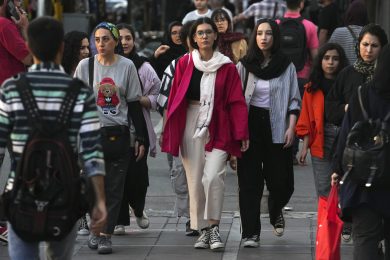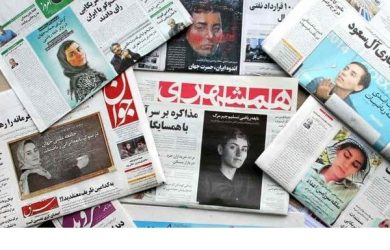Art and culture have always played a critical role in social and political resistance movements worldwide. In Iran, they serve as a powerful form of defiance against decades of oppression, censorship, and authoritarian rule. Iranian artists, filmmakers, musicians, and writers have used their work to challenge the status quo, inspire dissent, and envision a more just and free society. Their contributions not only preserve the spirit of resistance but also amplify the voices of marginalized communities, bridging the gap between local struggles and global solidarity.
This article explores the significance of art and culture in Iran’s resistance movement, highlighting how creativity becomes a tool for protest, a means of survival, and a beacon of hope in the face of repression.
Historical Context: The Intersection of Art and Resistance in Iran
Iran has a rich history of using art as a means of political expression. From the early 20th century to the present day, artists have responded to social and political upheavals with creativity and resilience.
1. Pre-Revolutionary Iran
• During the Pahlavi era (1925–1979), art and culture were used to promote modernization, but dissenting voices often faced censorship.
• Artists and intellectuals challenged the monarchy through literature, poetry, and theater, laying the groundwork for a politically engaged cultural scene.
2. Post-1979 Islamic Revolution
• After the revolution, the new regime imposed strict censorship, banning many forms of art and enforcing rigid ideological control over cultural production.
• Despite these restrictions, underground movements emerged, using art to critique the regime and express dissent.
3. The Digital Age and Modern Resistance
• The advent of social media and digital platforms has allowed Iranian artists to bypass censorship, reaching global audiences with their messages of resistance.
• Contemporary artists and cultural figures are central to Iran’s ongoing fight for freedom, particularly in movements like the 2022 protests following Mahsa Amini’s death.
Art as a Tool of Resistance
Art in Iran is not merely a form of creative expression—it is an act of defiance and survival in the face of systemic repression.
1. Visual Arts
• Street Art and Graffiti: Iranian cities have become canvases for resistance, with street art and graffiti voicing opposition to the regime. Images of women removing their hijabs or symbols of solidarity often appear on walls, despite the risk of severe punishment.
• Visual Storytelling: Iranian illustrators and photographers use their work to document protests and human rights abuses, providing a visual record of resistance that resonates globally.
2. Cinema and Filmmaking
• The Power of Storytelling: Iranian cinema has a long tradition of addressing social and political issues, often through metaphor and allegory to evade censorship. Directors like Jafar Panahi and Asghar Farhadi highlight themes of injustice, inequality, and resistance.
• Underground Filmmaking: Many filmmakers create works outside the regime’s strict regulations, distributing them through unofficial channels to avoid censorship.
3. Literature and Poetry
• Revolutionary Poetry: Poetry has been a cornerstone of Iranian culture for centuries, and it remains a powerful medium for resistance. Poets like Forugh Farrokhzad and Ahmad Shamlou continue to inspire activists with their works that critique patriarchy and authoritarianism.
• Censored Literature: Writers who challenge the regime’s narrative often face imprisonment or exile. Yet, their words endure, circulating underground and reaching global audiences.
4. Music
• Protest Songs: Music has become a rallying cry for movements in Iran. Songs like “Baraye” by Shervin Hajipour, inspired by the 2022 protests, quickly became anthems of resistance, uniting people across generations.
• Underground Bands: Genres like rock, hip-hop, and electronic music thrive underground, providing a voice to Iran’s youth who feel alienated by the regime’s restrictions.
Cultural Expression as a Form of Defiance
In a society where dissent is met with severe punishment, cultural expression becomes a vital form of resistance. It challenges the regime’s narrative, fosters solidarity, and offers a vision of an alternative future.
1. Challenging State-Controlled Narratives
• The Iranian regime uses state-controlled media and art to promote its ideology. Independent artists counter this propaganda with narratives that reflect the realities of oppression and resistance.
• For example, filmmakers and photographers document police brutality during protests, exposing the regime’s violence to international audiences.
2. Fostering Solidarity
• Art and culture create a shared sense of identity and purpose among activists. Protest songs, murals, and poems become symbols of unity, strengthening the collective resolve of resistance movements.
3. Imagining a Better Future
• Cultural expression allows Iranians to envision a society free from oppression. Artists create works that celebrate freedom, equality, and justice, inspiring hope even in the darkest times.
Challenges Faced by Iranian Artists
Despite their courage, Iranian artists face significant challenges in their fight for freedom.
1. Censorship and Repression
• The Iranian government strictly controls cultural production, banning works that challenge its authority. Artists who defy these restrictions risk imprisonment, exile, or worse.
• For instance, filmmakers like Jafar Panahi have been jailed for creating works critical of the regime.
2. Economic Barriers
• Many artists struggle to fund their projects due to the economic impact of sanctions and the regime’s control over cultural institutions.
• Independent artists often rely on international support to sustain their work.
3. Limited Platforms
• The regime heavily censors the internet and social media, limiting artists’ ability to share their work with wider audiences. However, many find ways to bypass these restrictions.
Global Solidarity and the Role of the International Community
The international community has a crucial role to play in supporting Iranian artists and amplifying their voices.
1. Amplifying Iranian Voices
• International media, NGOs, and cultural institutions can spotlight the work of Iranian artists, ensuring their messages reach global audiences.
• Social media campaigns, such as those promoting Shervin Hajipour’s protest song “Baraye,” have shown the power of global solidarity.
2. Providing Resources and Platforms
• Supporting Iranian artists with grants, scholarships, and platforms to showcase their work can help sustain their creative resistance.
• International film festivals, galleries, and music platforms can feature Iranian works, bypassing domestic censorship.
3. Advocating for Freedom of Expression
• Governments and organizations should pressure the Iranian regime to respect artistic freedom and release imprisoned artists.
• Sanctions targeting officials responsible for censorship and repression can hold the regime accountable.
The Lasting Impact of Art in Resistance
Art and culture in Iran’s resistance movement are not just tools of protest; they are symbols of resilience and hope. They remind the world of the humanity behind the headlines and the universal desire for freedom and dignity. By preserving the stories of resistance, art ensures that the sacrifices of activists and ordinary citizens are never forgotten.
1. Building a Legacy
• The works of Iranian artists will stand as a testament to the courage and creativity of a people who refused to be silenced.
• Future generations will look to these cultural artifacts as inspiration for their own struggles.
2. Bridging Divides
• Iranian art has the power to connect people across cultures, fostering empathy and understanding. It reminds us that the fight for freedom is universal.
Conclusion
Art and culture are the heartbeat of Iran’s resistance movement, reflecting the courage, resilience, and creativity of a people determined to fight for their freedom. Despite censorship and repression, Iranian artists continue to produce works that inspire dissent, foster solidarity, and envision a brighter future. The international community must stand with these artists, amplifying their voices and supporting their efforts to resist oppression. Through their creativity, Iranians show that even in the darkest times, the human spirit can find ways to shine, challenge injustice, and demand a better world.
Join Our Newsletter!
Stay informed with the latest updates, news, and ways to take action in the fight for justice and global security. Sign up now to get updates delivered straight to your inbox!

